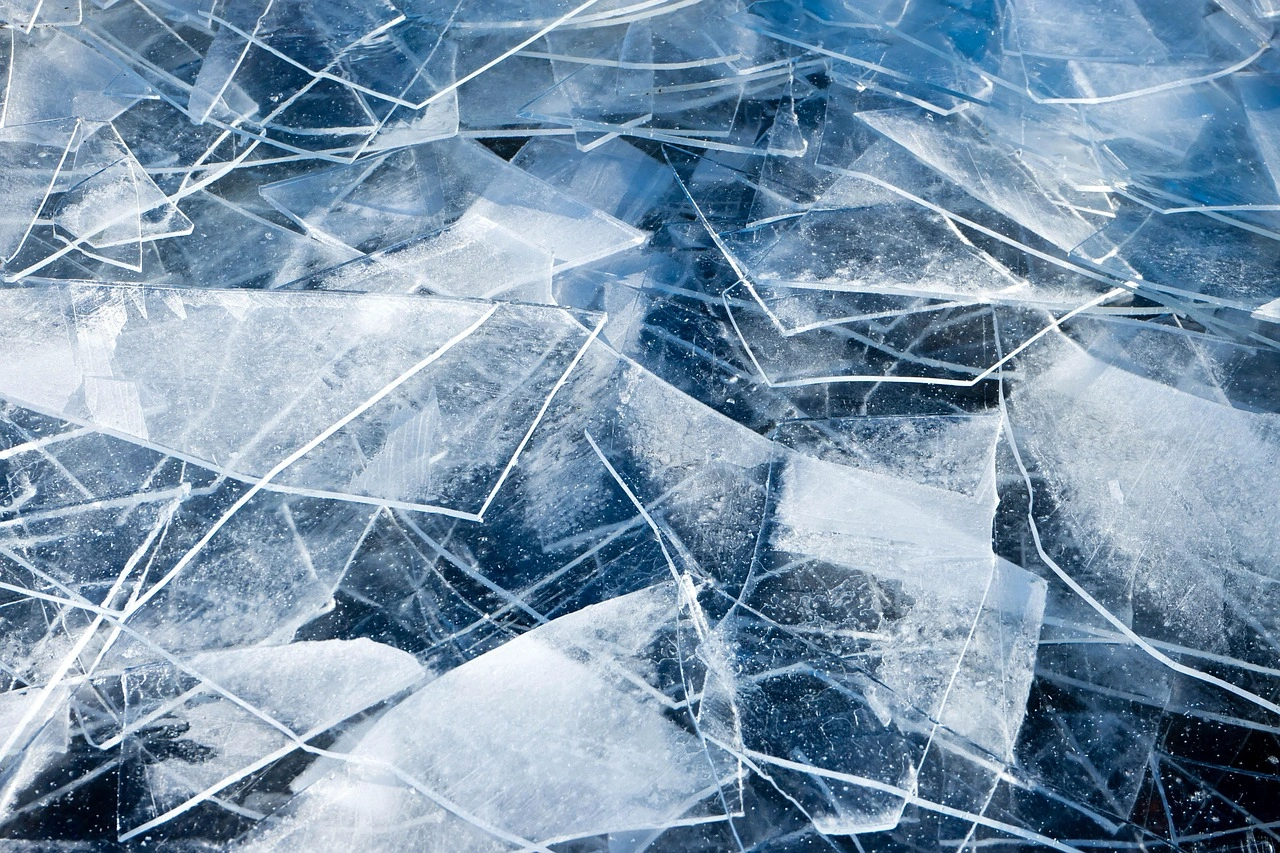In recent years, intentional cold exposure has transformed from a fringe wellness practice to a scientifically-supported health strategy embraced by athletes, biohackers, and health enthusiasts alike. From cold showers and ice baths to winter swimming and cryotherapy, deliberate exposure to cold temperatures offers surprising benefits for physical and mental wellbeing. Let’s explore how this ancient practice is gaining modern scientific validation.
The Science Behind Cold Exposure
When your body encounters cold temperatures, it triggers a cascade of physiological responses designed to maintain core temperature and protect vital organs. These responses, while initially uncomfortable, create beneficial adaptations over time:
Increased Brown Fat Activation
Unlike white fat that stores excess calories, brown adipose tissue (BAT) burns energy to generate heat. Cold exposure activates and can increase your body’s brown fat stores, potentially improving metabolic health. Research published in the Journal of Clinical Investigation shows that regular cold exposure can increase brown fat activity by up to 45%, contributing to improved glucose metabolism and insulin sensitivity.
Enhanced Immune Function
Brief, intermittent cold exposure triggers what scientists call “hormetic stress”—a beneficial stress response that strengthens your body’s resilience. Studies have found that regular cold exposure can increase levels of immune cells such as cytotoxic T lymphocytes and natural killer cells, which play crucial roles in fighting infections and potentially reducing cancer risk.
A landmark study in the European Journal of Applied Physiology demonstrated that people who practiced regular cold showers had 29% fewer sick days compared to those who didn’t. The researchers attributed this to improved circulation and immune cell mobilization.
Increased Norepinephrine Production
Cold exposure dramatically increases levels of norepinephrine, a neurotransmitter and hormone that helps regulate attention, focus, and mood. This explains the mental clarity and mood boost many people report after cold exposure. Levels can increase by up to 530% during cold immersion, according to research from the Thrombosis Research Institute.
Reduced Inflammation
Controlled cold exposure has been shown to reduce inflammatory markers and potentially help manage chronic inflammatory conditions. Elite athletes have long used cold immersion to accelerate recovery by reducing exercise-induced inflammation and muscle soreness.
Practical Ways to Incorporate Cold Exposure
You don’t need expensive equipment or extreme measures to benefit from cold exposure. Here are several approaches, from beginner-friendly to more advanced:
Cold Showers
Perhaps the most accessible form of cold exposure:
- Begin with your normal warm shower
- Gradually reduce the temperature for the final 30-60 seconds
- Over time, extend the cold portion of your shower to 2-3 minutes
- Eventually, try fully cold showers several times per week
Face Dunking
Immersing your face in cold water triggers the mammalian dive reflex, which slows heart rate and redirects blood to vital organs:
- Fill a bowl with ice water
- Take a deep breath and submerge your face for 15-30 seconds
- Repeat 3-5 times
- This practice is especially beneficial for stress reduction and vagus nerve stimulation
Outdoor Cold Exposure
Spending time outdoors lightly dressed in cold weather provides gentle, extended cold exposure:
- Start with short walks without a jacket when temperatures are mild (50-60°F/10-15°C)
- Gradually build tolerance for cooler temperatures and longer durations
- Focus on controlled breathing and relaxation while cold
Cold Plunges and Ice Baths
For those ready for more intense exposure:
- Start with 30-60 seconds in water around 55-60°F (12-15°C)
- Gradually build tolerance, working toward 2-3 minutes
- Always have someone nearby when trying longer immersions
- Exit immediately if you experience extreme discomfort, numbness, or disorientation
Cryotherapy
For a high-tech approach without getting wet:
- Professional whole-body cryotherapy chambers expose your body to temperatures as low as -200°F (-130°C)
- Sessions typically last just 2-3 minutes
- Provides intense cold stimulus without the discomfort of being wet
Important Safety Considerations
While cold exposure offers numerous benefits, safety must come first:
- Start gradually: Your cold tolerance will build over time
- Listen to your body: Shivering is normal, but pain, numbness, or blue skin are signs to warm up immediately
- Mind your heart: Those with cardiovascular conditions should consult a doctor before trying intense cold exposure
- Never ice bathe alone: Have supervision for immersion practices
- Avoid alcohol before cold exposure: It impairs your body’s natural responses and creates false confidence
Building Your Cold Adaptation Practice
For maximum benefit, consistency matters more than intensity. Consider these guidelines:
- Start with 2-3 brief exposures weekly, gradually increasing frequency and duration
- Practice controlled breathing to manage the initial cold shock response
- Track your experiences in a journal to notice improvements in cold tolerance
- Combine cold exposure with heat (sauna, hot shower) for enhanced circulatory benefits
The Bottom Line
Cold exposure represents a powerful hormetic stressor that, when applied properly, can strengthen both body and mind. From improved immune function and reduced inflammation to enhanced mood and metabolic health, the benefits of this ancient practice are gaining solid scientific support.
As with any health practice, the key is finding a sustainable approach that works for your lifestyle and gradually building your capacity over time. Your body’s remarkable ability to adapt to cold stress is not just about surviving uncomfortable temperatures—it’s about thriving through hormesis-driven resilience.
The article was generated by AI

